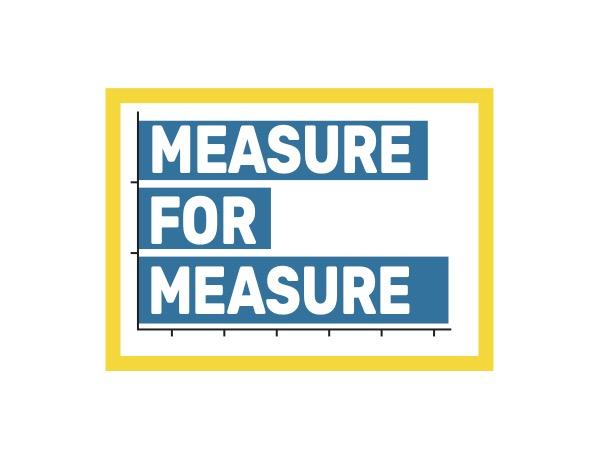How Green Is Your Thumb? Gardening, Crafts Linked with Greater Life Satisfaction Early in Pandemic

According to results from the 2022 Survey of Public Participation in the Arts (SPPA), 39.9 percent of U.S. adults, or 101.9 million, worked with indoor plants or gardened for pleasure in the course of a year. Despite population growth, this rate is comparable to the share of Americans who gardened five or ten years before.
The consistently high rate of gardening, as a personal activity, caught my attention in view of remarks that NEA Chair Maria Rosario Jackson has made, encouraging the cultivation of “artful lives.”
The concept, In Chair Jackson’s words, entails “both the creation and consumption of professional art, as well as the ways that arts and culture are a part of our everyday lived experiences of making, doing, teaching, and learning.” By rights, a palette so expansive can accommodate not only gardening but cooking as an art form—an activity also tracked by the SPPA, for the first time, in 2022.
The SPPA enables us to know the frequency and demographic characteristics associated with adult participation in various arts activities over a 12-month period. Conducted by the U.S. Census Bureau on behalf of the NEA, the survey also asks seeks to know about participation in “leisure” activities such as sports, fishing, and, yes, gardening.
NEA research staff are analyzing the 2022 SPPA data to understand how some key arts activities have fared since 2012 and 2017, the most recent years the survey had been administered. (In a blog post last month, I shared 2022 SPPA findings about poetry-reading.) In a few months, we will publish survey highlights and make the raw data available to researchers.
But there is another reason the gardening statistic drew my notice. A study published in May in the Journal of Epidemiology and Community Health involved surveying a cross-section of U.S. adults in the spring and summer of 2020, and trying to determine whether “home-based creative leisure activities” correlate with positive mental health and well-being outcomes.
Authors Jennifer Bone, University of College London, et al., attempted to replicate findings from a UK study of adults’ leisure patterns during the initial COVID lockdown. According to that report, adults who did “creative hobbies” (e.g., arts and crafts, digital arts, or woodwork), who did outdoor activities (e.g., gardening or exercising), or who listened to music or read for pleasure, reported a reduction in symptoms of depression and improved life satisfaction.
The U.S. study, by contrast, revealed gardening as the only leisure activity associated with greater life satisfaction and with changes in symptoms of depression and anxiety. As assessed by online questionnaires in a weekly survey, depression symptoms waned the most sharply for adults who increased this activity from no gardening to less than 30 minutes a day.
Of interest, increases in gardening to more than 30 minutes a day were associated with a smaller reduction in depression symptoms. “People who spent more time gardening may have been doing different types of activities, such as larger projects, which were more stressful,” the authors suggest. “This warrants further investigation.”
Another “unexpected” finding from the U.S. study, Bone et al. acknowledge, was the lack of an association between home-based arts activities and reductions of depression or anxiety, as reported by participants. After all, these same activities had correlated with positive mental health and well-being outcomes in the UK study cohort.
The difference, however, may have resulted from “greater heterogeneity in experiences in the [United States] due to variation in lockdown rules across states, compared with the homogeneity of the UK’s approach early in the pandemic,” the authors conjecture. “Alternatively, it could be because of cultural differences in the profile of people using these activities.”
Although they didn’t seem to reduce depression or anxiety, home-based arts activities were, like gardening, linked with gains in self-reported life satisfaction over the study period.
Specifically, adults who increased from zero to 30 minutes of their time doing arts/crafts activities “(e.g., painting, creative writing, sewing, playing music),” or doing woodwork, metalwork, or similar activities, all showed improvements in their response to this question: “Overall, in the past week, how satisfied have you been with your life?” Meanwhile, increases in time spent watching TV and movies were associated with greater reporting of depressive symptoms.
Neither the UK nor the U.S. surveys used a random sample of participants, but researchers weighted the results to bring them into alignment with general population characteristics. The UK sample was considerably larger: 55,204 adults followed over 11 weeks, versus—in the U.S.—3,725 over five months. Authors of the U.S study article represent the following institutions, in addition to the University of College London (UCL): the University of Florida and Americans for the Arts.
UCL researchers are also part of the University of Florida’s EpiArts Lab, a NEA Research Lab that is using epidemiological approaches to study the benefits of arts and cultural engagement on U.S. population health outcomes. The Lab is now conducting a series of “implementation science” studies on social prescribing practices in the U.S.
Sunil Iyengar directs the Office of Research & Analysis at the National Endowment for the Arts.




